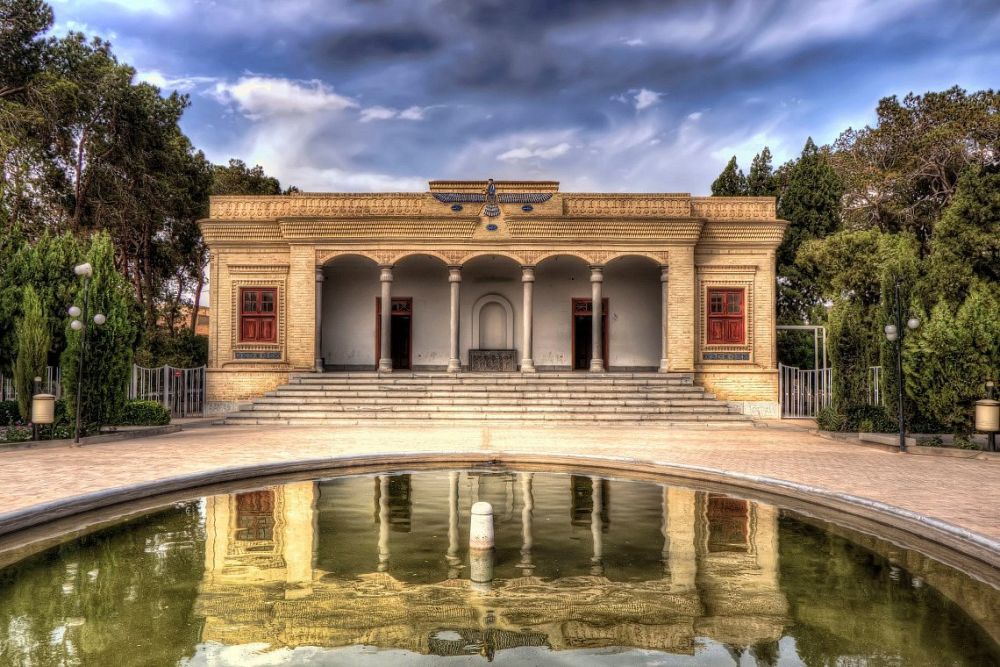

The Zoroastrian Fire Temple, known as Atashkadeh, is a place of worship for Zoroastrians, and one of the most significant landmarks of the historical city of Yazd in Iran. The city of Yazd has long been a central hub for the Zoroastrian community, and its Fire Temple holds a flame that is said to have been burning since about 470 AD. This fire, known as the Victorious Fire or Atash Bahram, is considered one of the most sacred among Zoroastrians and caters to a tradition with roots extending over a millennium.
Tourism at the Zoroastrian Fire Temple has evolved from predominantly religious pilgrimages to a blend of cultural and historical explorations. Initially, the temple served religious purposes strictly for the Zoroastrian community, but over the years, with the recognition of its historical significance and the alluring beauty of Persian architecture, it has attracted tourists from all over the world.
The modern history of tourism for the Fire Temple began to flourish especially after the 20th century, as Iran started promoting its rich cultural and historical heritage to international tourists. The introduction of modern transportation and the development of infrastructures such as nearby hotels, restaurants, and other amenities made Yazd and its Fire Temple more accessible to visitors.
Zoroastrianism, one of the world’s oldest monotheistic religions, was founded by the Prophet Zoroaster in ancient Iran approximately 3,500 years ago. Fire is a central element in Zoroastrian worship, symbolizing purity and the presence of Ahura Mazda, the Wise Lord or God. The continuous burning of the sacred fire in the temple is a testament to the faith’s resilience and the community’s dedication to preserving its rituals and traditions despite centuries of political and religious changes in the region.
In recent years, the rise of cultural and experiential travel has seen tourists seeking more immersive journeys, looking to understand the history and cultural practices of the places they visit. The Zoroastrian Fire Temple of Yazd offers a rare glimpse into an ancient religion that is often overlooked in the mainstream historical discourse.
Tourism trends indicate that visitors to the Fire Temple are often interested in guided tours that give context to the religious and architectural aspects of the site. Additionally, there has been an increase in interest in eco-tourism and sustainable travel, with Yazd's desert location making it a prime candidate for such initiatives. The city, including the Fire Temple, was listed as a UNESCO World Heritage site in 2017, which has further boosted its visibility on the global stage and promoted a more responsible tourism approach that respects the delicate desert environment and the ancient structures.
Today, as more travelers seek authentic cultural experiences, awareness and appreciation for the Zoroastrian Fire Temple continue to grow, making it one of the unique travel destinations in Iran that offers a window into a profoundly historical narrative that spans several millennia.